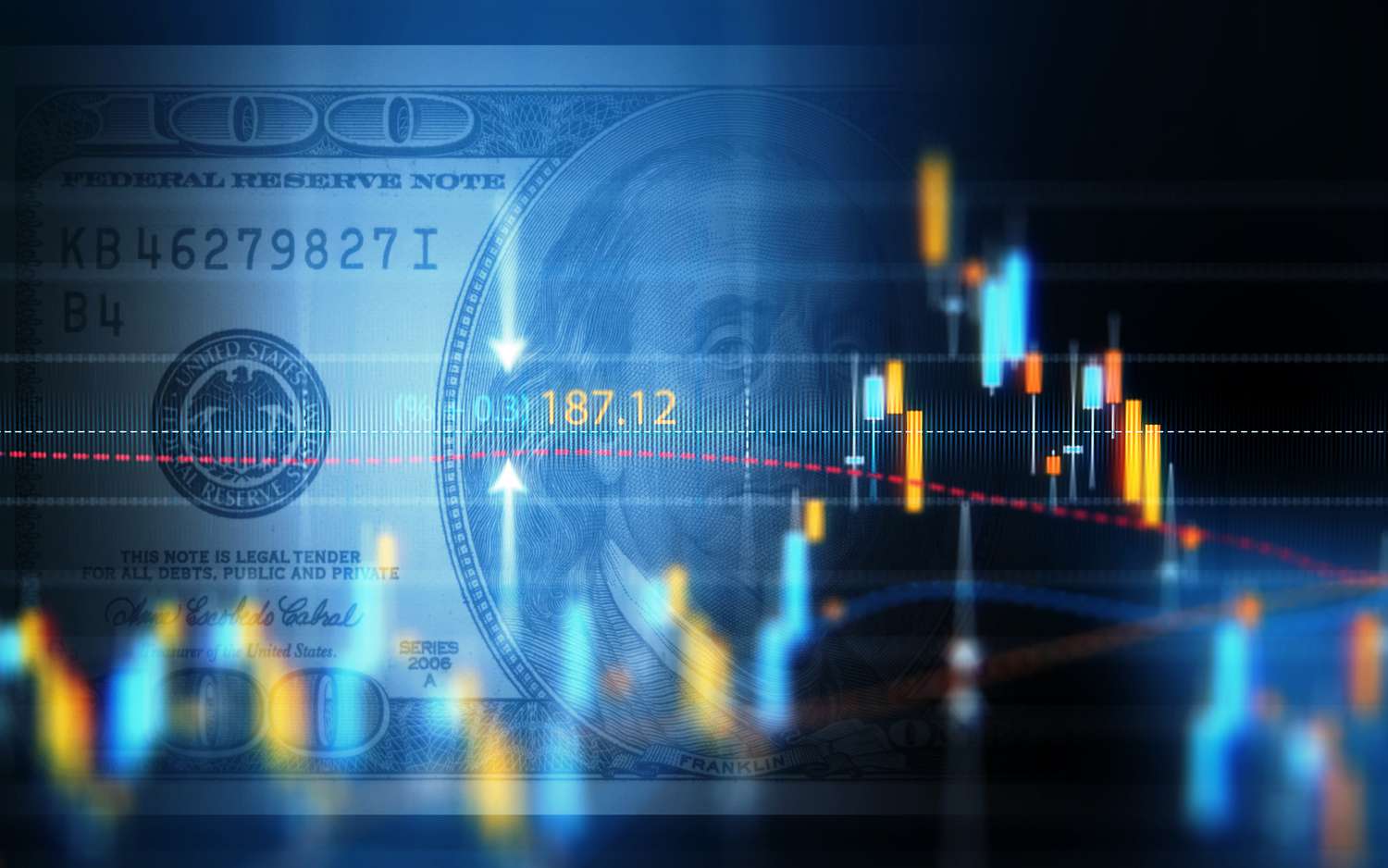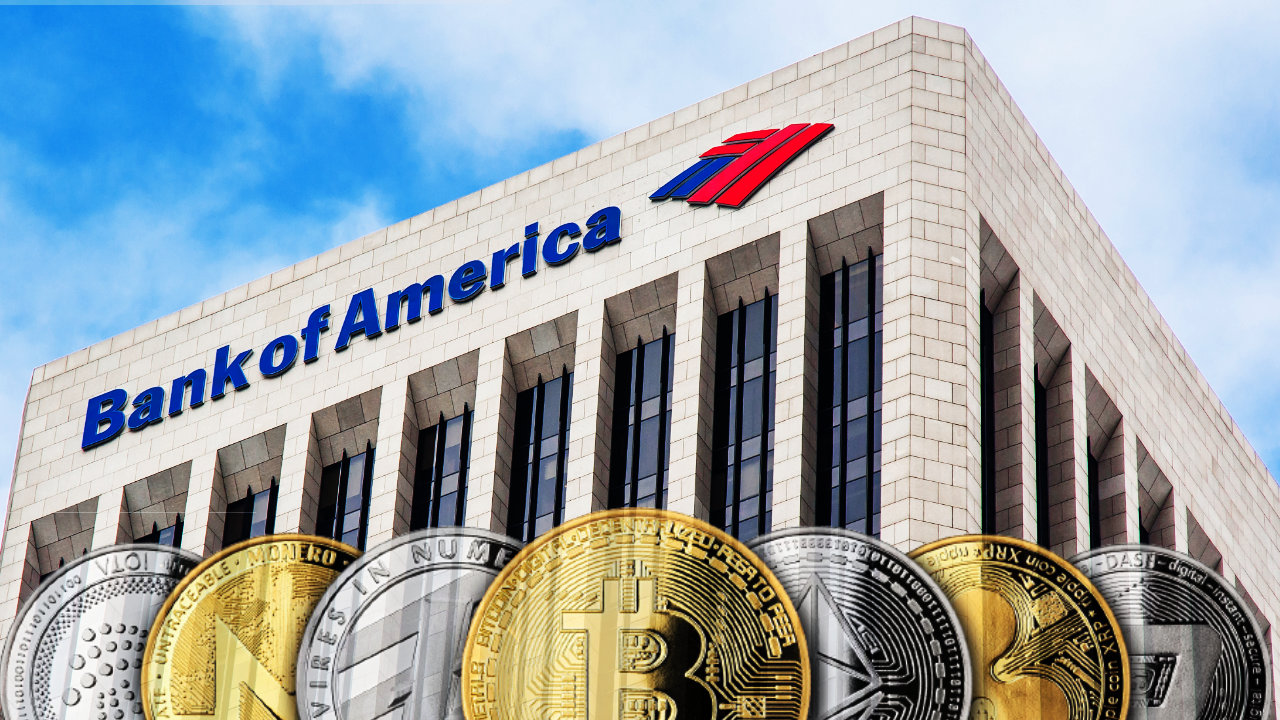
The End of the Dollar’s Dominance? What It Means for Your Wallet
With many Americans fixated on inflation ahead of the upcoming elections, discussions about a weaker dollar are becoming increasingly prominent. What does this shift mean for your finances and investments?

Understanding the implications of interest rate changes on daily life.
Implications of the Federal Reserve’s Recent Rate Cut
The Federal Reserve has recently cut its key interest rate by half a percentage point—the first such decrease in four years. The dollar has fallen by 5% since its June peak as investors anticipated this adjustment. The political atmosphere is also shifting, with figures like Republican presidential nominee Donald Trump and his running mate, Senator JD Vance, expressing support for a weaker dollar as a tool for boosting domestic manufacturing.
This could suggest a significant change in the economic landscape. For the better part of the last decade, the dollar has continually strengthened, but experts suggest that its reign may be drawing to a close. Even if the dollar remains dominant, there’s an increasing likelihood that its value will continue to decline in the coming years, prompting investors to reevaluate their strategies.
Changing Landscape for the U.S. Dollar
Traditionally, a strong dollar is advantageous, inflating U.S. asset returns relative to international investments and making foreign goods and travel less costly. Yet, amidst the Fed’s rate cuts and economic realities, a proactive approach towards a new currency regime may be necessary.
The recent shift in monetary policy is clear cut: the Federal Reserve’s decision to lower interest rates reduces the attractiveness of holding dollars, particularly when competing currencies, like the Japanese yen, are on the rise. This shift might lead to diminished demand for dollars, fundamentally altering how the global finance structure operates.
In line with this, the long-term performance of the dollar faces various risks—chiefly emerging from ongoing fiscal debates and mounting national debt that stretches across political lines. A third of the U.S. government’s borrowed funds come from foreign investors, and we may soon reach a tipping point where confidence in dollar-denominated bonds weakens.
Political and Economic Synergy
The dollar’s international supremacy is closely tied to U.S. military power. Many countries remain loyal to the dollar due to the security guarantees offered by the United States. However, if the U.S. were to retreat from its global commitments—like its alliances with NATO or its partnerships with Japan and South Korea—it could catalyze a shift away from dollar reliance in international trade.
Moreover, ongoing sanctions, such as those imposed on Russia in 2022, have led some countries to explore alternatives to dollar-based transactions. This pivot can be costly but might seem worthwhile for nations that risk exclusion from the financial system, such as Russia and Iran.
“The U.S. has relied on sanctions as a tool for foreign policy, but they may inadvertently foster a movement toward alternative transactions.”
While many foreign investors will likely hold onto their dollar assets due to the profitability of U.S. firms and innovation, a gradual depreciation of the dollar is nevertheless a possibility. Coupled with this could be an increase in inflation rates for imported goods.
Safeguarding Your Finances in Uncertain Times
For concerned investors, diversifying portfolios may offer a measure of protection. Some avenues include exploring non-U.S. stocks and bonds, or turning to gold—either in physical forms or through exchange-traded funds (ETFs). It may also be wise to seek assets that thrive when the dollar wanes, which can buffer against rising costs associated with imported inflation.
Recent surveys reflect a growing interest in alternative assets; almost 1 in 5 Americans now own Bitcoin. While 50% of the population remains unfamiliar with cryptocurrency, the appetite for digital assets suggests that demand could stabilize in the long run. As more investment professionals become acquainted with Bitcoin’s fundamentals, it may carve out a more substantial role in diverse portfolios.
The evolving landscape of cryptocurrency and traditional finance.
Conclusion: Preparing for a New Financial Era
The shifting dynamics of the dollar pose potential challenges and opportunities for American investors. As economic and political factors converge to reshape the financial landscape, adapting to these changes early could prove beneficial. By strategically positioning assets and remaining aware of both traditional and digital currencies, individuals can prepare for the uncertainties that lie ahead.
The future of the dollar may not be set in stone, but its trajectory will undoubtedly have implications on how we navigate investments and personal finances going forward.














